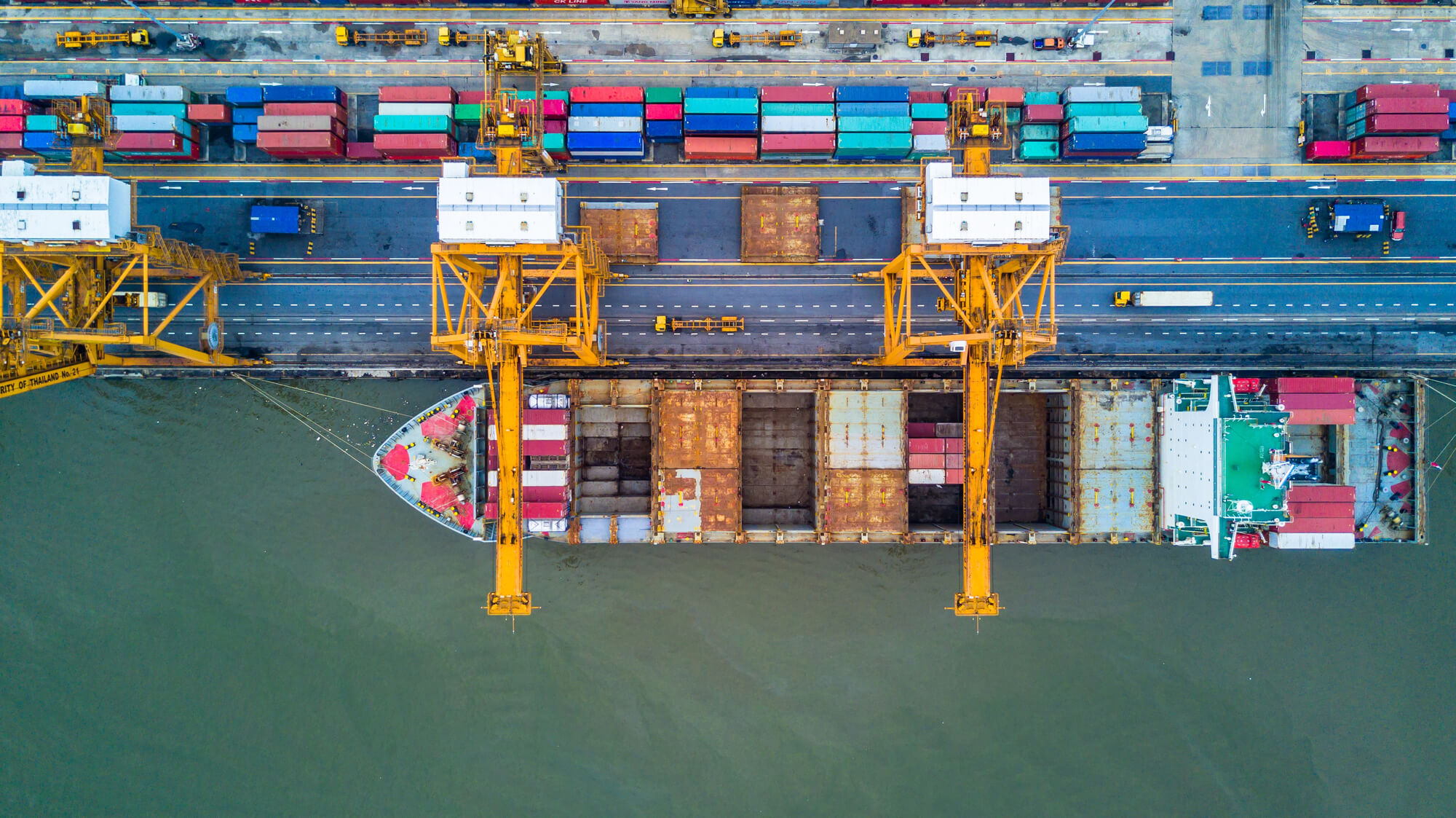The Lugano conference on the reconstruction of Ukraine was a ray of light in the darkness of death and destruction inflicted by the Russian army. We all hope that the Russian aggression will be defeated soon and plans for rebuilding the country will be implemented promptly. While thinking about a post-war development is important, the reality of a prolonged war dawns on us and requires recalibration of macroeconomic policy now.
The basic facts are clear. First, Ukraine’s economy experienced a huge negative shock. Second, because the economy contracted so much and the government has to cover enormous military spending, the fiscal deficit stands at approximately $5 billion per month. Third, the government has limited capacity to raise resources to cover the gap via taxes (the economy is weak) or debt (international capital markets are closed for Ukraine; at the internal capital market, the Ministry of Finance is unwilling to sell debt at new higher interest rates which distorts monetary transmission). Fourth, Ukraine’s allies provide some support on the bilateral basis but this assistance is not enough so far. Indeed, Ukraine received external support of only $11 billion since the beginning of the full-scale war, or on average about $2.75 billion per month. Fifth, although the National Bank of Ukraine (NBU) fixed the exchange rate to contain inflation, the central bank has to print money (UAH 225 bn since the beginning of the war) to support the government. The central bank raised the policy rate to 25% to defend hryvnia and control inflation which runs at about 20%.
This situation is not sustainable. Although the NBU can provide direct support to the government, this comes at a cost of burning foreign exchange reserves at a fast pace. In June alone, the central bank sold approximately $4 billion of its reserves to support the hryvnia. With limited resources and instruments, the central bank has to deal with conflicting objectives. It cannot simultaneously defend the exchange rate, print money to cover fiscal deficits, and support stability of the financial system. One may argue that war requires extraordinary efforts—and we agree that it is not unusual to have central banks being dominated by fiscal authorities during wars—but the math does not add up here and a crisis is an inevitable outcome.
For example, the projected funding from the international community for the second half of 2022 is about $18 billion. With monthly foreign exchange interventions of about $4 billion and external debt payments (principal and interest) of $3 billion in the rest of 2022, foreign exchange reserves might decline to a dangerously low level of $12-15 billion. The reserves may be depleted further by potential demands from Naftogas to pay for energy during the heating season, which might stand at $2-4 billion during the second half of 2022. There could be additional demands on the reserves this year. But we should also think about reserves in 2023! If the current policy is continued, the NBU can run out of reserves and may resort to rationing of the foreign exchange and limiting its use only to purchases of weapons or other critical supplies.
We see several policy measures that can help address these challenges.
First, fixing the exchange rate was the right policy in the early months of the war when the economy was hit particularly hard and it was critical to control expectations and to avoid panics. However, with every additional day of the war, the exchange rate is increasingly disconnected with the fundamentals in the economy thus creating further imbalances. For example, with inflation rate in Ukraine well above global levels, the hryvnia has appreciated significantly in real terms which may be a drag on the economy. Furthermore, fiscal imbalances force the NBU to burn its foreign exchange reserves fast. The NBU can either devalue the currently or let it float freely. Each of these options has pros and cons but either of them should be implemented. For instance, a devaluation today can provide a temporary relief, but it also creates expectations of future devaluations which can raise inflation expectations and reduce incentives of exporters to bring in hard currency. Free floating allows the market to absorb shocks and eliminate some distortions (e.g., although cash rate and card rates are now largely unified, commercial banks charge a huge margin of 10-15%). One may be also concerned that with a floating exchange rate it is hard to have a nominal anchor in current conditions (another option is to control prices directly, which is a bad idea, or to focus on inflation targeting, which is hard to achieve when monetary transmission is so uncertain).
Second, the Ministry of Finance has to work harder on raising more revenue and controlling expenditures. Specifically, restoring duties and value added tax on imports is an obvious step. Looming payments on external debt are a huge burden: payments on privately held sovereign debt amount to $1.7 billion in the second half of 2022 and $2.8 billion in 2023, state-owned enterprises must also pay about $1 billion by the end of 2023. At minimum, the government should reprofile payment schedules into a more distant future (at least 3 years) and this reprofiling should apply not only to bonds that mature in 2022-2023 but also to bonds that mature in later years. This step will kill two birds with one stone: reduce fiscal pressure and save foreign reserves. Broadening the tax base to cover activity in the shadow economy could help generate more revenue. Some form of fiscal consolidation (e.g. better targeting of social payments) could be very painful but may be necessary. In short, policies that reduce fiscal deficits and thus relieve the pressure on the central bank to print money will contribute to macroeconomic stability.
Third, although capital controls have few fans, critical conditions may justify the use of these controls. Indeed, because prices may have a limited role in allocation of resources during wars, quantity controls can be used to direct resources to key needs. The government recently removed the list of critical imports for goods but continued to use the list for services. It was a logical step since the list became practically useless: it covered nearly all goods and thus became ineffective. One has to create a new, much more restrictive list, or raise tariffs (impose additional tariffs of 10-15%) to limit imports. There are many other tools one can use to limit outflow of capital from Ukraine. For example, the NBU can ban import prepayment (perhaps with some exceptions), curb potential foreign exchange demand from banks due to loan loss provisions and impose tighter limits on payment card transactions by individuals.
Fourth, the government should double its efforts to attract more resources on a bilateral basis. For example, more donor funding from the allies must be secured. The central bank can work on establishing swap lines with other central banks (the NBU has such a line with the Polish central bank). These resources are the “cheapest” for Ukraine but they are also outside of Ukraine’s direct control.
In summary, everyone must remember that in a war of attrition the economic front is critical for victories in the battlefield. Macroeconomic stability is a key ingredient for keeping the economy running. A currency crisis, a banking panic or high inflation can dent the ability of the country to sustain the war effort. Initial policies were an adequate response to the challenges early in the war, especially given the expectation that the war would be over soon. However, the landscape is changing, and Ukraine should brace for a long war. Macroeconomic policies should be adjusted to secure the economic foundation for the victory.
Attention
The authors do not work for, consult to, own shares in or receive funding from any company or organization that would benefit from this article, and have no relevant affiliations




